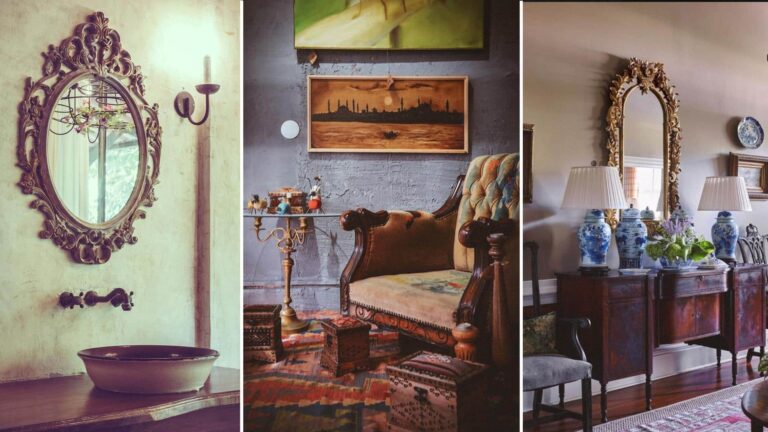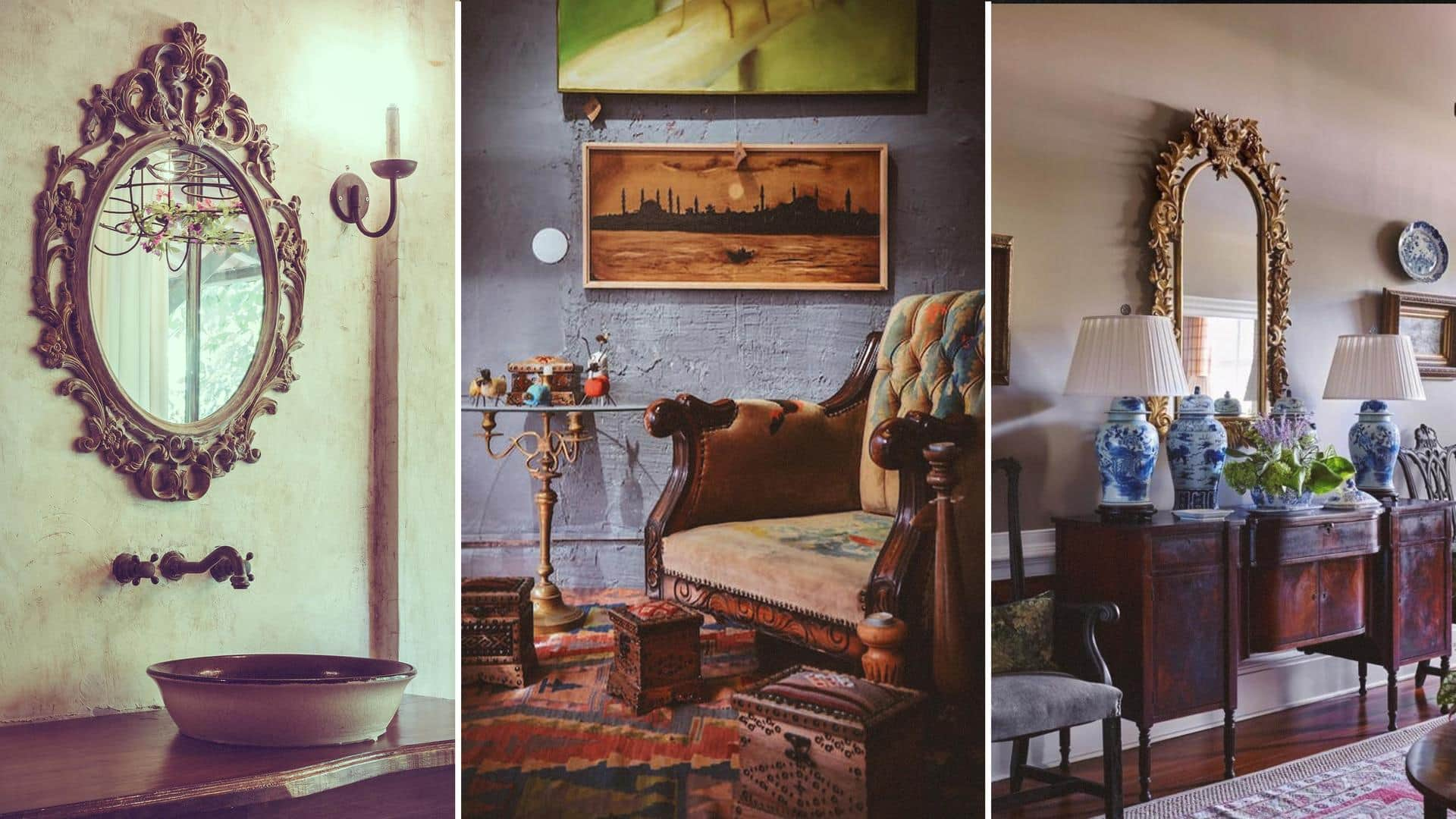What is the story
Vintage is timeless, while modern incorporates the latest trends.
And if you have equal preference for both when it comes to home décor, here's your chance to make your space look unique.
NewsBytes got in touch with Palash Agrawal, founder and director, Vedas Exports, who shared with us five ways to combine antiques with contemporary pieces.
Find common attributes
Agrawal says people tend to force relationships between antique and modern pieces by combining too many elements.
Instead, “categorize your decor items and furniture with similar color tones, textures, or patterns. Ideally, find at least one common feature between your antique and contemporary pieces and place that in your space,” he suggests.
Create a focal point
According to Agrawal, a living room can benefit from having a focal point.
“Stick to one or two neutral tones and let the background steal all the attention,” he tells us.
“On this wall, simply feature eye-catching antique pieces, such as a wooden wall clock, a metal mirror and vintage paintings, and add the right amount of artificial lighting from all directions,” he says.
Add texture by layering
“The decorative items look plain and if piled up too much, it can give the impression of a cluttered junk shop,” warns Agrawal.
So how do you do it? “Combine pieces with similar textures and materials. For example, combining symmetrical objects, like framed photographs on a vibrant wall, will create the perfect contrast with rustic, vintage-style furniture,” he says.
Creating texture and layers can also help create a cozy feel.
Use the 80/20 rule
“If you're a big fan of vintage decor, make sure the majority of it is modern. The remaining 20 percent of your antique collection doesn't need to be oversized or flashy,” says Agrawal.
The Vedas Exports founder says the remaining 20% is set aside for finer pieces, such as a striking wooden shoe rack, framed vintage maps and metal vases.
Keep everything functional
Vintage is a rare find, but make sure you can use it in your new scheme.
“You may have an eight-seater wooden dining table and matching chairs. But your renovated dining area requires a compact dining table with chairs that can be easily moved/folded up. In this case, it is best to reduce the length of the table or forgo the table and chairs altogether,” concludes Agrawal.



